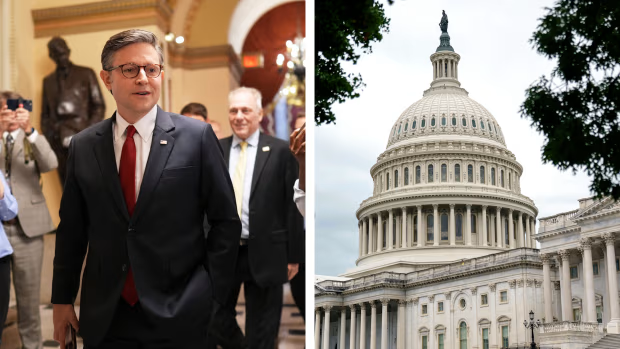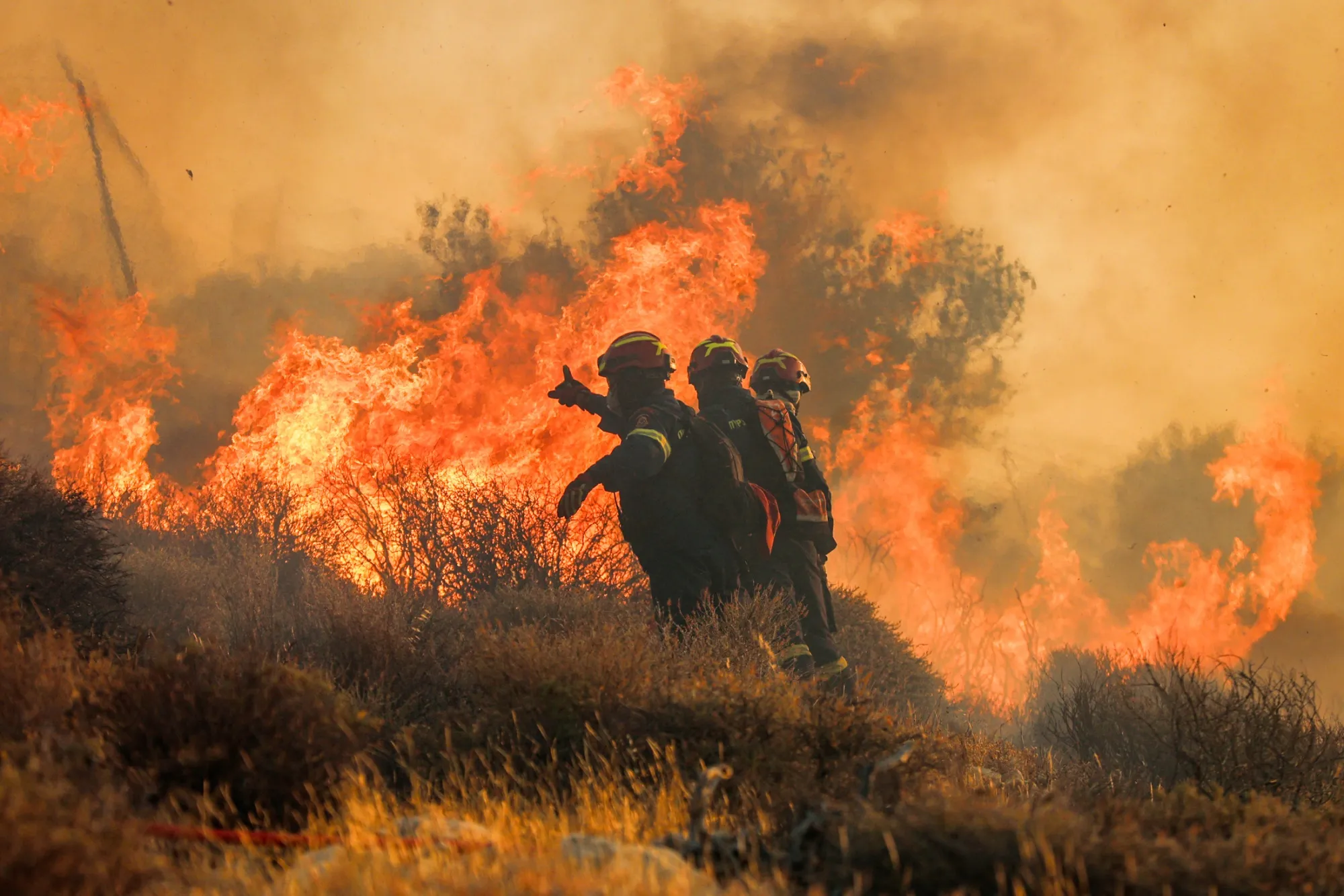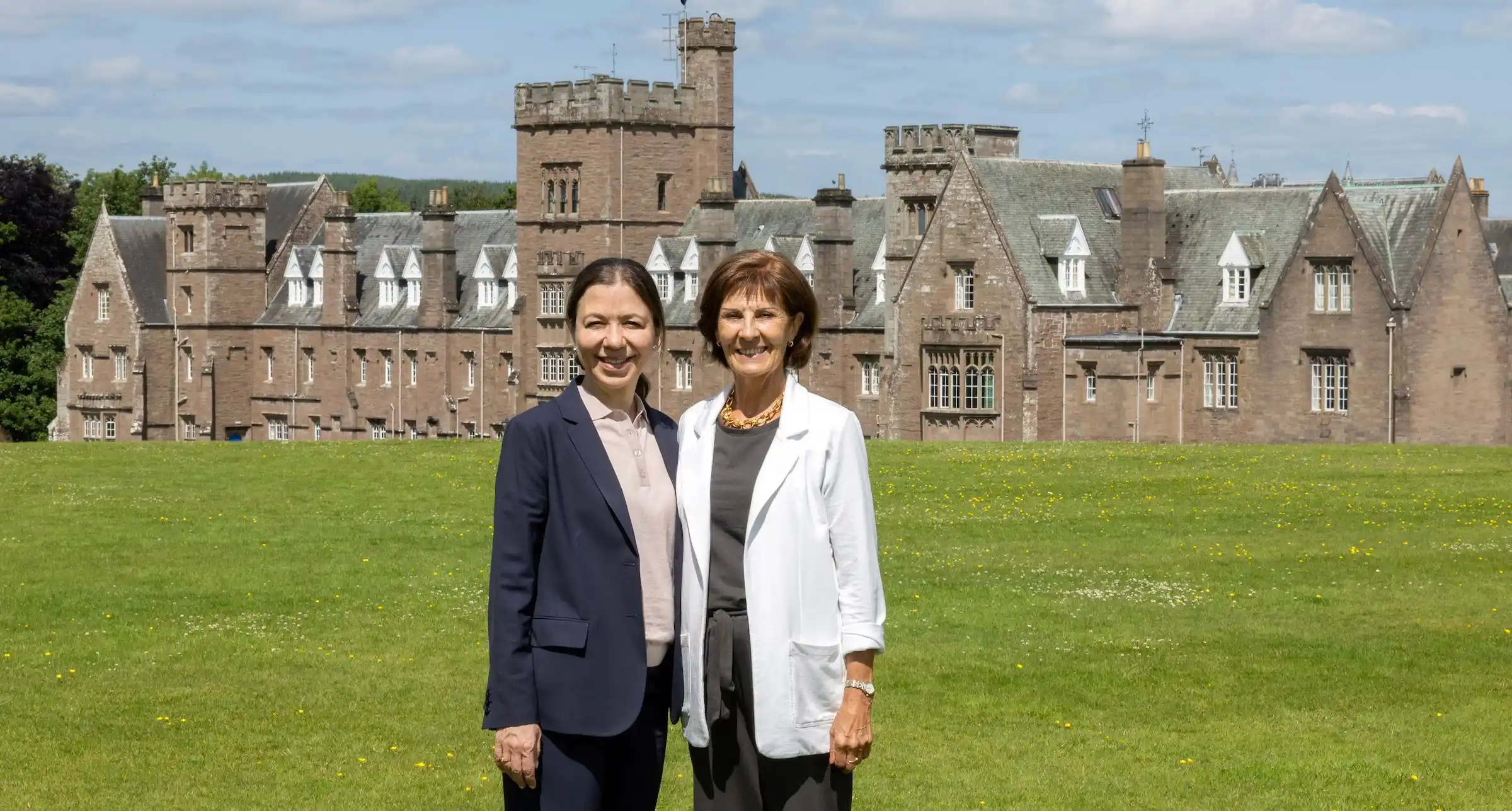
UNESCO girls’ education declaration
UNESCO Girls’ Education Declaration A Landmark Commitment to Empowering the Future
Education is universally acknowledged as a fundamental right and a powerful catalyst for social and economic development. Among the various facets of education, girls’ education holds a special place, given its profound impact on communities and nations. Recognizing this, UNESCO (the United Nations Educational, Scientific and Cultural Organization) has taken a significant step through the launch of the Girls’ Education Declaration a global commitment to address the persistent barriers preventing girls from accessing quality education and to promote gender equality within educational systems worldwide. This declaration is more than a policy statement; it is a call to action that seeks to transform the educational landscape for millions of girls and, by extension, entire societies.
At the heart of the UNESCO Girls’ Education Declaration is the acknowledgment of the multifaceted challenges that girls face in pursuing education. These challenges range from socio cultural norms that prioritize boys’ schooling over girls’, economic hardships, early marriages, and safety concerns, to inadequate school infrastructure, lack of female teachers, and gender based violence within educational settings. The declaration underscores the urgency of dismantling these obstacles to ensure that every girl, regardless of her background or geography, can attend school, stay in school, and learn in a safe and supportive environment. It calls on governments, civil society, communities, and international partners to work collaboratively towards these goals.
One of the key elements of the declaration is its emphasis on equity and inclusion. UNESCO recognizes that girls’ educational experiences are not homogeneous; intersecting factors such as disability, ethnicity, refugee status, and poverty further exacerbate exclusion. The declaration thus advocates for targeted interventions that address the needs of the most marginalized girls. This may include providing scholarships, ensuring accessible school facilities, promoting inclusive teaching methods, and creating supportive policies that prevent discrimination. By focusing on inclusion, the declaration aims to close the education gap and foster environments where all girls have equal opportunities to thrive academically and socially.
The Girls’ Education Declaration also highlights the transformative power of education for girls beyond the classroom. Educated girls are more likely to delay marriage and childbirth, participate in the workforce, and contribute to the economic development of their communities. They are better equipped to make informed decisions about their health and well being, and to advocate for their rights and those of others. Furthermore, girls’ education promotes intergenerational benefits, as educated women tend to invest more in their children’s education and health, breaking cycles of poverty and inequality. UNESCO’s declaration thus situates girls’ education as a pivotal strategy for achieving broader sustainable development goals, including poverty reduction, gender equality, and improved health outcomes.
Implementing the declaration requires concrete commitments and accountability mechanisms. UNESCO calls upon member states to develop and enforce national policies that prioritize girls’ education, allocate adequate resources, and monitor progress through reliable data collection systems. The declaration encourages the integration of gender sensitive curricula that challenge stereotypes and promote respectful relationships, alongside teacher training programs that equip educators to support girls effectively. Additionally, it stresses the importance of engaging families and communities to foster positive attitudes towards girls’ education and to address harmful practices such as child marriage and gender based violence.
International cooperation and partnerships are central to the success of the Girls’ Education Declaration. UNESCO, alongside other UN agencies, donors, and NGOs, plays a facilitative role in sharing best practices, mobilizing resources, and advocating for global awareness. The declaration invites collaborative efforts that transcend borders, emphasizing that girls’ education is a universal concern that requires solidarity and shared responsibility. It encourages the use of innovative technologies and digital learning tools to reach girls in remote or conflict affected areas, highlighting how education can adapt to contemporary challenges and opportunities.
The declaration’s launch has been met with widespread support but also recognition of the challenges ahead. Persistent gender disparities in education continue to affect millions of girls worldwide, especially in regions affected by conflict, displacement, and poverty. The COVID 19 pandemic further exacerbated these issues, causing school closures that disproportionately impacted girls through increased dropout rates and heightened vulnerability to exploitation. The UNESCO Girls’ Education Declaration therefore serves as a timely and urgent reaffirmation of global commitment to reversing these setbacks and accelerating progress towards universal, quality education for girls.
In conclusion, the UNESCO Girls’ Education Declaration is a landmark framework that brings renewed focus and momentum to the quest for gender equality in education. By addressing systemic barriers, promoting inclusion, and fostering collaboration, it seeks to create a world where every girl can realize her right to education and the opportunities it unlocks. The declaration not only envisions improved academic outcomes but also the empowerment of girls as agents of change within their families, communities, and nations. As the global community moves forward, the successful implementation of this declaration will be a vital measure of our collective dedication to building a fairer, more just, and sustainable future for all.











